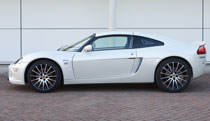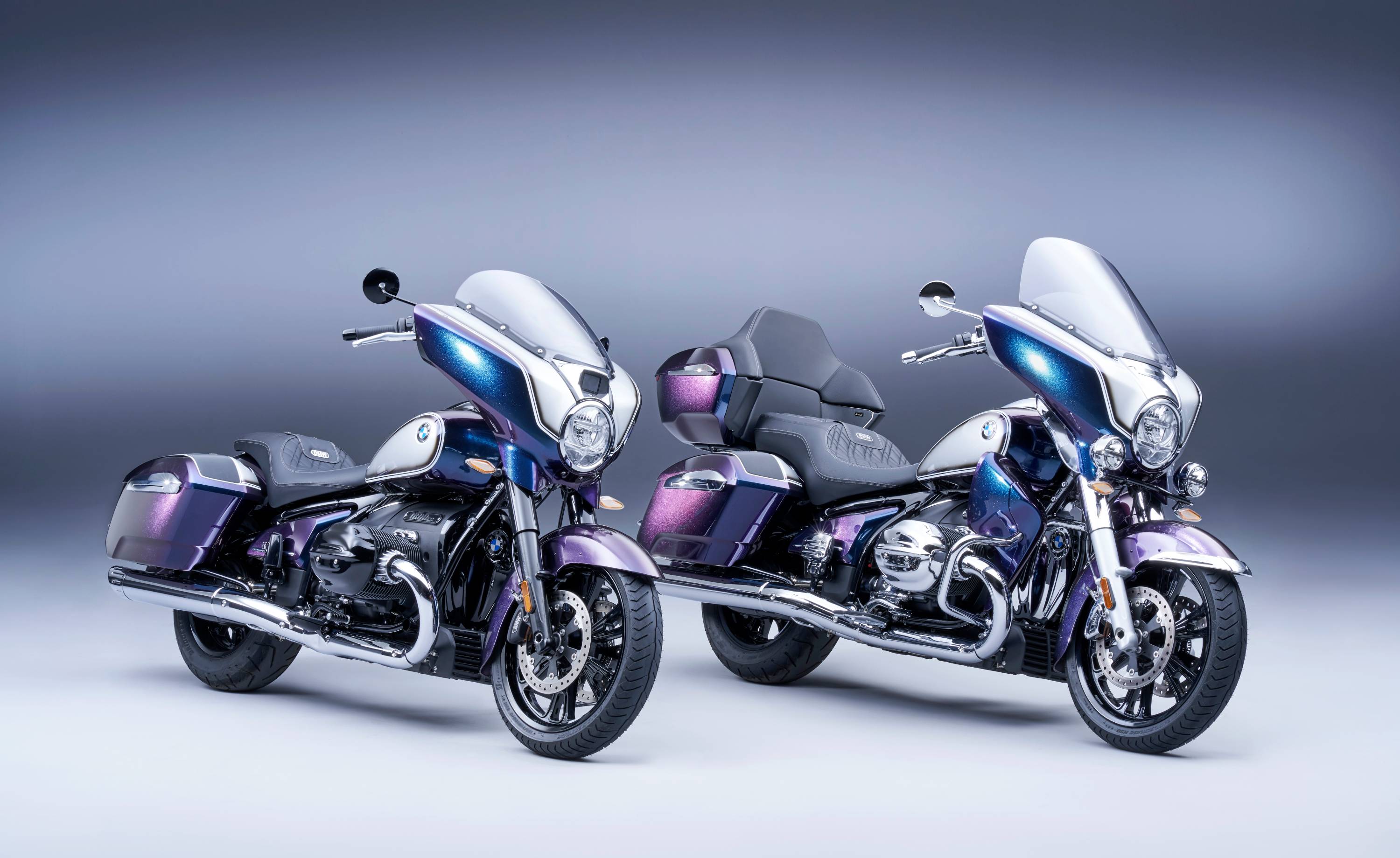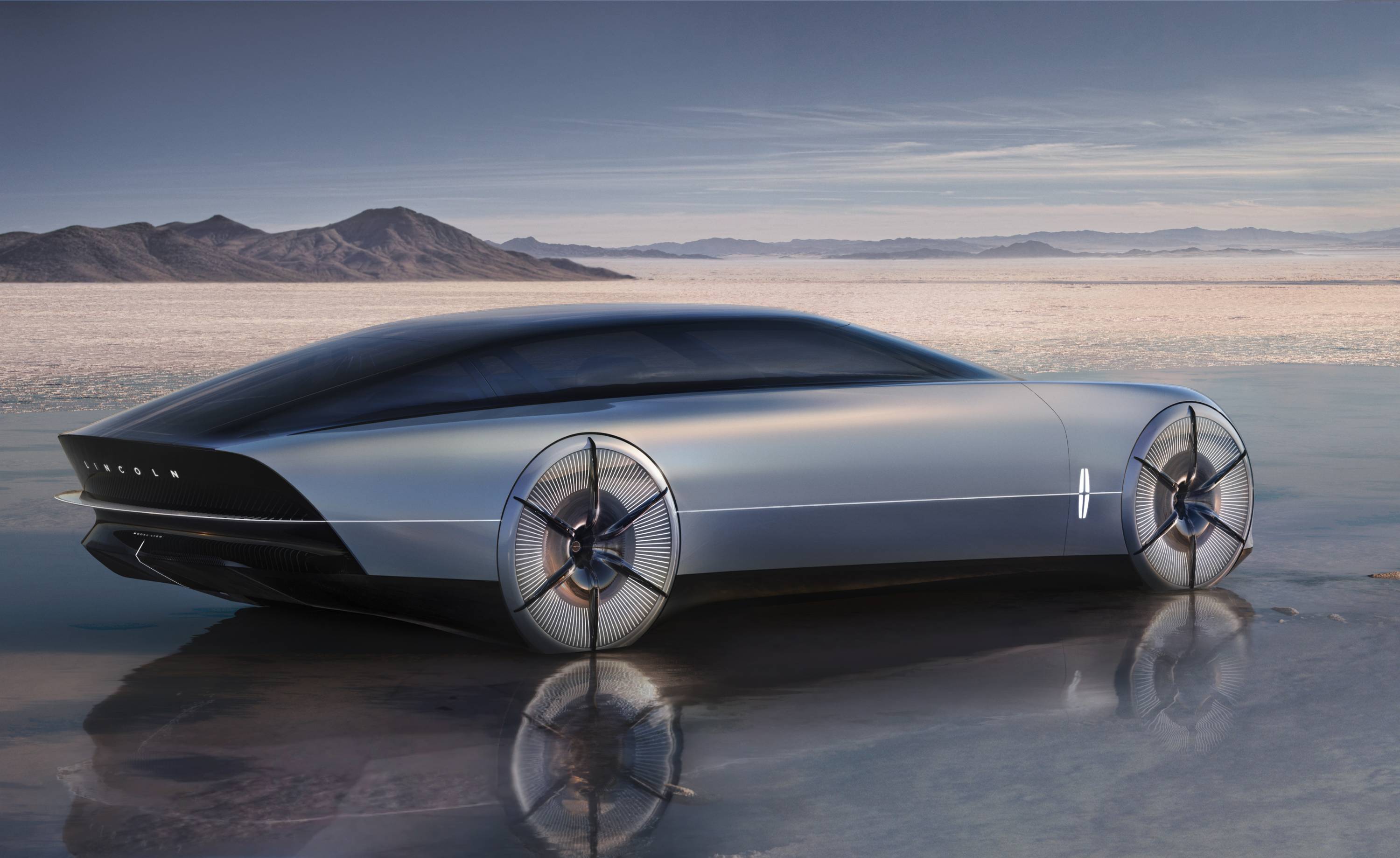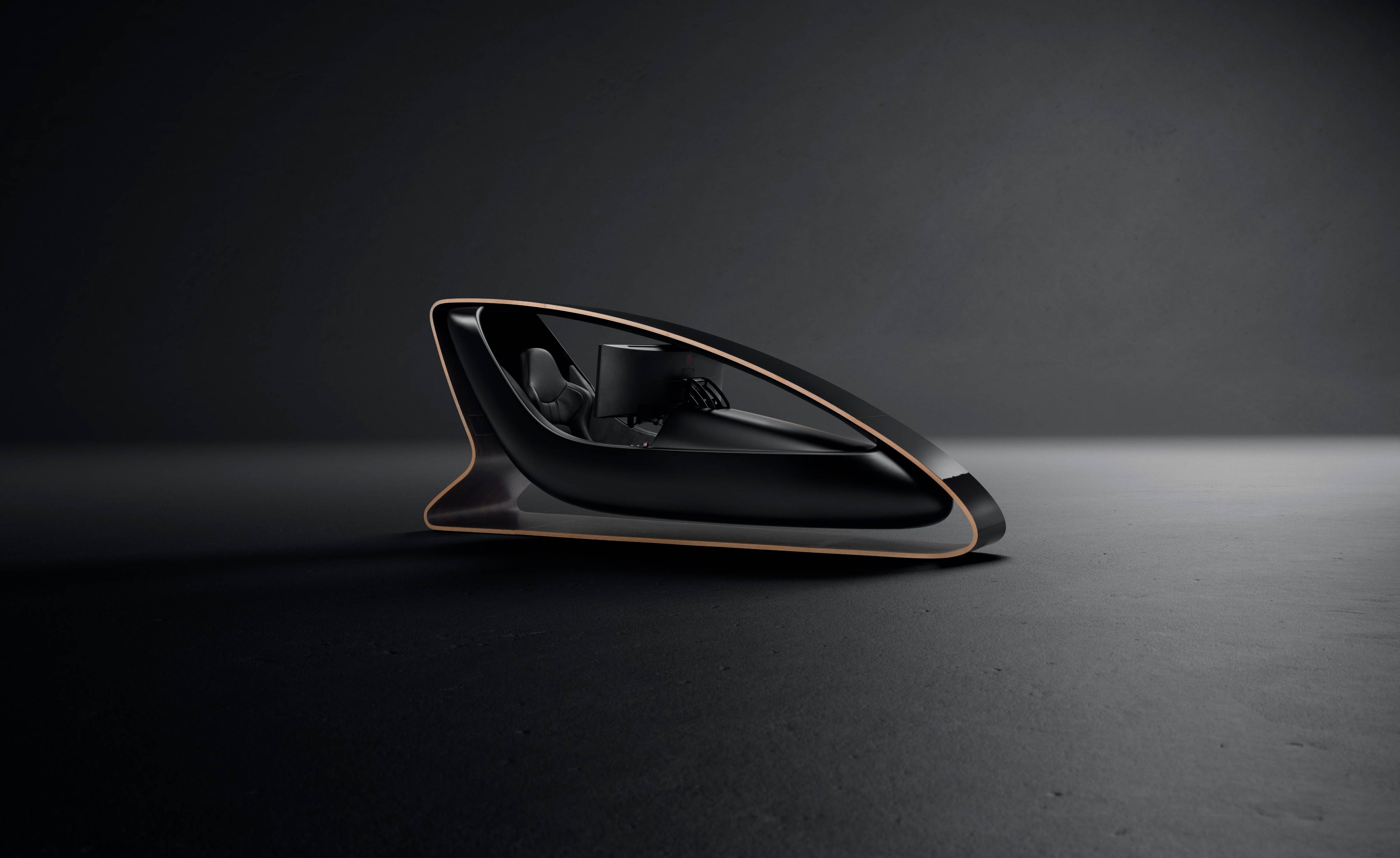Lotus Europa SE

As we recently reported (see W*116), Lotus is branching out from its traditional role as purveyor of pure driving experience into the sports tourer market.
Best known for sports cars that gave you a rather intimate connection with the road thanks to their ultra-direct steering, low-slung driving position and utterly predictable handling, the forthcoming 2+2 Evora (due mid 2009) will hopefully place the company on equal footing with Porsche for the first time in decades.
But if you really can't wait for one of the most eagerly anticipated cars of the year, we have a highly recommended alternative, the new Europa SE.

See more images of the new Lotus SE Europa
The original Europa dialled down the more extreme qualities of Lotus's other products - bare floors, thin seats, manual windows and rudimentary heating - to create a two-seater with flair and refinement. The Europa was for those who wanted touring, not torque, and the ability to travel a couple of hundred miles at a time. Underpinning the Europa was the chassis and drivetrain from every enthusiast's favourite, the Elise, ensuring that when the road turned twisty, the car was still more than capable of placing the driver first.
The new SE model features a number of enhancements over the standard model, including more power and more comfort. Rest assured, though, that it is still defiantly different from its rivals. Sitting low within the heart of the car, with a compact 2.0 litre engine positioned just behind the seats, the Europa SE focuses you on the road. That low ride height means that even modest speeds feel brisk, and the impeccably crisp and direct steering binds you to the road surface, just a few inches below the seat.
Like all Lotus's, the Europa SE can handle corners at far faster speeds than all but the most confident drivers can attain, whereas the ultra-light weight brings great performance without high emissions or wallet-gouging fuel economy. It takes a bit of time to readjust to such surroundings, and while leather trim, air conditioning and electric windows are deemed heretical to Lotus diehards, they're hardly excessive fripperies, merely another layer of well-engineered functionality. The stripped down, hand-tooled Lotus is a perhaps better representation of the modernist aesthetic than any number of bulky German autobahn cruisers.
Receive our daily digest of inspiration, escapism and design stories from around the world direct to your inbox.
Although most experts expect the upcoming Evora to further eclipse this little runabout in terms of refinement and everyday ease of use, the Europa is a fine demonstration of the essential rightness of the company's engineering platform. Right now, the future looks bright for Lotus. Currently heavily involved in assembling the acclaimed electric Telsa Roadster - a car that shares plenty of parts with Lotus's finest - there's growing speculation that this most agile of manufacturers will soon enter the burgeoning EV market under its own name. With a wealth of technical experience to call upon - expertise that's much in demand amongst far larger manufacturers - the prospect of a bold, British all-electric runabout is something to savour.
Jonathan Bell has written for Wallpaper* magazine since 1999, covering everything from architecture and transport design to books, tech and graphic design. He is now the magazine’s Transport and Technology Editor. Jonathan has written and edited 15 books, including Concept Car Design, 21st Century House, and The New Modern House. He is also the host of Wallpaper’s first podcast.
-
 Five watch trends to look out for in 2026
Five watch trends to look out for in 2026From dial art to future-proofed 3D-printing, here are the watch trends we predict will be riding high in 2026
-
 Five destinations to have on your radar this year
Five destinations to have on your radar this yearThe cultural heavyweights worth building an itinerary around as culture and creativity come together in powerful new ways
-
 Dublin-based designer Cara Campos turns abandoned bicycles into sleekly minimal furniture pieces
Dublin-based designer Cara Campos turns abandoned bicycles into sleekly minimal furniture piecesWallpaper* Future Icons: Saudi-raised Irish/French designer Cara Campos' creative approach is rooted in reuse, construction and the lives of objects
-
 Peugeot’s sparky 308 gets hybrid power and handsome lines
Peugeot’s sparky 308 gets hybrid power and handsome linesThe Peugeot 308 proves that mass-market design needn’t be dull, blending hybrid power with sharp lines and excellent detailing
-
 BMW Motorrad brings out the big guns for its newest cruisers
BMW Motorrad brings out the big guns for its newest cruisersBMW Motorrad R 18 Bagger and Transcontinental set the tone for high-voltage cruising with a brand collaboration with speaker specialist Marshall
-
 Dacia’s new Manifesto concept is a true outdoor utility vehicle
Dacia’s new Manifesto concept is a true outdoor utility vehicleUtilitarian auto brand Dacia sets a bold new agenda with its Manifesto, a concept car pitched at the active outdoor market
-
 The sun sets on traditional supercars at California’s Monterey Car Week
The sun sets on traditional supercars at California’s Monterey Car WeekMonterey Car Week, the world’s most prestigious car gathering, is showcasing ever-more extravagant special editions, coachbuilt cars and all-new electric concepts. Here are seven key machines from 2022
-
 Is McLaren’s GT a sports car, a tourer, or the best of both?
Is McLaren’s GT a sports car, a tourer, or the best of both?The McLaren GT is a capable all-rounder dressed up in svelte supercar clothes. It might also be the last of its type
-
 Rolls-Royce puts the Phantom back on its lofty pedestal
Rolls-Royce puts the Phantom back on its lofty pedestalA mid-life refresh ensures the flagship Rolls-Royce Phantom Series II is at the top of its game, a last hurrah for traditional engines before an electrified future
-
 Prodrive’s new racing simulator is shaped by Callum to be front of the grid
Prodrive’s new racing simulator is shaped by Callum to be front of the gridThe racing simulator shapes up – this new design from Prodrive and Callum is honed for the high-end games room
-
 928 by Nardone Automotive: a restomod Porsche with Gallic verve and Italian style
928 by Nardone Automotive: a restomod Porsche with Gallic verve and Italian style928 by Nardone Automotive is a gracefully modernised version of Porsche’s endearingly different 928